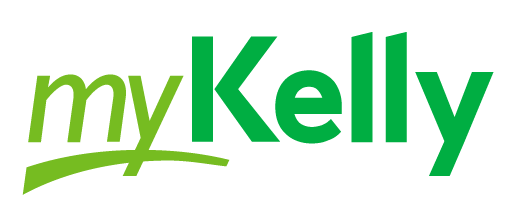The solution to unprecedented learning recovery? Tutoring agility, innovation, and humanity.
October 12, 2021
If necessity is the mother of invention, now is the time to reinvent how we help students who have fallen behind in school. The need and the opportunity have never been greater.
There’s far too much at stake.
It's an undisputed fact. The number of students requiring additional academic support because of the pandemic—particularly due to the pivot to virtual learning—is unprecedented.
New EdWeek research indicates that one in three public school students in the U.S. will need tutoring to attain grade level curriculum benchmarks. In Texas, it’s reported that 65% of virtual learners are behind in math. We’re seeing this trend emerge from coast to coast.
Research commissioned by Kelly Education and administered by Education Week of 1,000 teachers and administrators, and more than 2,000 parents, reveals 97% of teachers, principals, and district leaders say their students fell behind during the pandemic.
Further, most educators say it will take one to four years to recover. Parents may not understand the depth of learning loss: nearly 45% believe recovery will happen within six months with a single tutoring session each week. More than half of educators say it’s much more—three to four sessions per week in the core subjects.
Agile innovation. As president of the largest education talent provider in the country, it’s exciting to be at the precipice of innovation in the tutoring space. It’s clear that our district partners are tackling this challenge in different ways. Their solutions are not “one size fits all." They can't be. Their student populations are different. They know which students were not as successful with virtual learning, and which ones won't advance with a software-based tutoring solution. They know which students fell off the radar, and which ones are only available for help during school hours. They're learning how to mix technology with individual learners or small groups.
As schools reach out to us for help in implementing tutoring programs, many are also facing a very real teacher shortage. The pandemic has only exacerbated that trend in education and across the U.S. workforce as labor demands shift. We all agree that our nation’s teachers are fatigued and need support from the broader ecosystem of educators. Schools need talented people––an entire village of qualified and credentialed teachers, tutors, paraeducators, substitutes, and special education teachers to help students.
There is hope in achieving this village. Kudos to the Department of Education via the American Rescue Plan for delivering billions in ESSER Funds to provide pandemic aid to schools for this monumental task. Local education agencies (schools and districts) must reserve at least 20% of funding to address learning loss through evidence-based interventions. This financial infusion tied to a directive with specific requirements has the potential to drastically move the needle to reinvent the academic recovery––particularly for the most at-risk students.
Humanity. It’s no secret that students in areas with lower socioeconomic demographics fared worse in this pandemic. In fact, a new U.S. Department of Education report found the academic achievement gap deepened where generational, economic, and racial disparities previously existed. This concern was echoed in the EdWeek survey by 70% of the educators who teach in districts where 75% or more of students qualify for free or reduced-price meals. There are all sorts of reasons why—including access to broadband, family struggles, and mental health. It’s truly time to “do right” by these students so that they don’t fall even further behind. That means investing in them through meaningful, personal support delivered by real humans who can cheer them on to the finish line.
This approach aligns with the high-impact, evidence-based model that Annenberg developed through the National Student Support Accelerator. It asserts that the human tutor is as important to student success as the curriculum itself.
Here are the keys to effective tutoring talent as outlined by the National Student Support Accelerator:
- Skilled at relationship-building.
- Knowledgeable about the content.
- Receives training, oversight, and ongoing coaching.
- Held accountable.
- Reflects the lived experiences of the students they serve.
What does success look like? There’s disagreement among educators and parents vs. administrators. According to the EdWeek survey, only about half of parents and teachers expressed a great deal of confidence that districts or schools will do what needs to be done. By contrast, more than 70% of school and district leaders expressed that level of confidence in their district or school’s ability. We need to be at 100%.
Addressing learning recovery caused by the pandemic is today’s great challenge—and today’s great opportunity. If we get it wrong, it will impact an entire generation of students. That means our future workforce and their earning potential. Make no mistake, this is an uphill marathon. There is no quick fix or shortcut. The time is now to set the strategic pace by reinventing how we administer tutoring in America. Necessity is the mother of invention.
As president of Kelly Education, Nicola Soares believes that education is the bedrock of a thriving society and that the talented people who work in our schools, colleges, and universities are crucial to powering the future of learning and unlocking student potential.
View Related:
Tutoring
You need the best and brightest.
We can help solve your most complex talent challenges – both today and in the future – by delivering high–quality talent that moves education forward.
Contact us at 800.Kelly.01 and one of our agents will administer your request. Or, if you'd prefer, fill out the form to submit an email.





